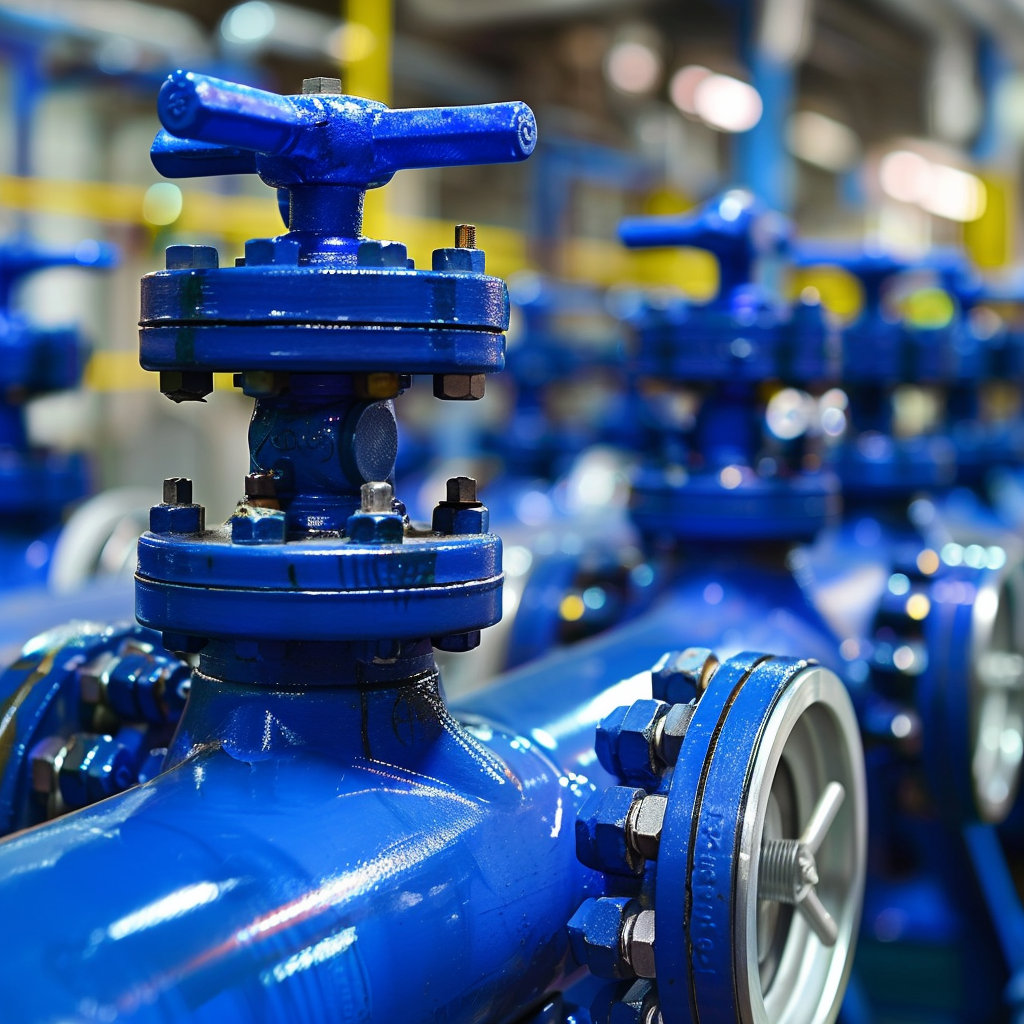Introduction
Valves are crucial components in managing the flow of liquids and gases across various systems, from municipal to industrial applications. As winter approaches, ensuring the energy efficiency of these valves becomes paramount. Cold temperatures can significantly impact the performance of valves, leading to increased energy consumption and potential operational issues. This article explores the challenges associated with maintaining energy efficiency in valves during the winter season and discusses innovative solutions to address these challenges.
The Impact of Winter on Valve Energy Efficiency
Increased Heat Loss
One of the primary challenges during winter is the increased heat loss through valves and associated piping systems. This can lead to higher energy consumption to maintain the desired fluid temperatures.
- Causes of Heat Loss: Poor insulation, thermal bridging, and exposure to cold winds.
- Consequences: Increased energy costs, reduced system efficiency, and potential operational disruptions.
Freezing and Reduced Performance
Freezing temperatures can cause fluids to solidify within valves, reducing their performance and potentially leading to mechanical failures.
- Causes of Freezing: Insufficient insulation, inadequate flow rates, and extreme cold weather conditions.
- Consequences: Equipment damage, increased downtime, and costly repairs.
Innovative Solutions and Technologies
Advanced Materials and Designs
Utilizing modern materials and design improvements can significantly enhance the energy efficiency of valves.
- Thermally Insulating Materials: Metals with low thermal conductivity, composites, and polymers that reduce heat transfer.
- Improved Designs: Valves with minimized joints and seams to reduce leakage and heat loss.
Insulation and Heating Systems
Effective insulation and heating systems can help maintain appropriate fluid temperatures, preventing freezing and minimizing heat loss.
- Insulation: Use of advanced insulating materials such as polyurethane foam and aerogels to cover valves and pipes.
- Heating Systems: Implementation of electric heat tracing or steam heating systems to keep valves above freezing temperatures.
Automation and Smart Control Systems
Automation and smart control systems can optimize valve operations, enhancing energy efficiency.
- Monitoring Systems: Temperature and pressure sensors provide real-time data for proactive management.
- Automatic Regulation: Smart valves that adjust flow rates based on temperature and pressure changes.
Case Studies of Successful Implementations
Industrial Systems
In large industrial complexes like refineries and chemical plants, automated control and heating systems for valves have been successfully implemented.
- Results: Energy savings of 15-20%, reduced incidence of freeze-related failures.
Municipal Services
Municipal water and heating systems leverage modern materials and heating solutions to enhance energy efficiency.
- Results: Reduction in heat loss by 25-30%, improved reliability during winter months.
Recommendations for Enhancing Valve Energy Efficiency
- Conduct Energy Audits: Regular assessments to identify areas of significant heat loss and inefficiency.
- Upgrade Equipment: Replace outdated valves with modern, energy-efficient models.
- Implement Automation: Use smart control systems to optimize operations and reduce energy consumption.
- Train Personnel: Improve staff expertise in energy-efficient technologies and best practices.
Conclusion
Ensuring the energy efficiency of valves during the winter season is essential for maintaining operational reliability and controlling costs. By adopting advanced materials, insulation techniques, and automation technologies, organizations can significantly reduce energy consumption and enhance the performance of their systems. As energy prices rise and environmental regulations tighten, improving energy efficiency is not only an economic imperative but also a strategic priority for many businesses.
